Mechanical Decks – Part 1
This article explores various mechanical decks used in magic, including the long-short principle in decks like Svengali and Mirage, as well as other unique cutting techniques.
Ever since the invention of playing cards magicians; card cheats; gamblers etc. have been finding ways to take advantage of the cards, and the public without them being aware.
In my article Fox Lake Playing Cards - a magician's perspective[1] I briefly spoke about mechanical decks. This article goes into more detail about some of these so-called mechanical decks, however, due to my magician’s pledge, I am unable to go into specific details as to how some of these decks work.
I define a mechanical deck (trick decks) as any deck of cards, group of cards or even a single card that has been modified or changed in some ways to facilitate the operation of the deck / trick. There are a great many varieties of trick decks, in this article I will talk about one type of trick deck, and that is were either a single card; group of cards or a whole deck has been cut in some way.
Long-short Principle
The short-long principle was applied to playing cards by the 1600s. It is based on an old principle that can be found in The Discoverie of Witchcraft[2] and Clever and Pleasant Inventions[3] (both from 1584), and which is commonly known as the Blow Book.
In Ellis Stanyon’s[4] ‘Best Card Tricks’ (Fulves, 1999) edited by Karl Fulves[5], Ellis Stanyon called it the ‘Fin-de-Siècle’ Forcing Pack of Cards (Pages 195 and 196).
Decks that use this principle include:
The colour changing pack
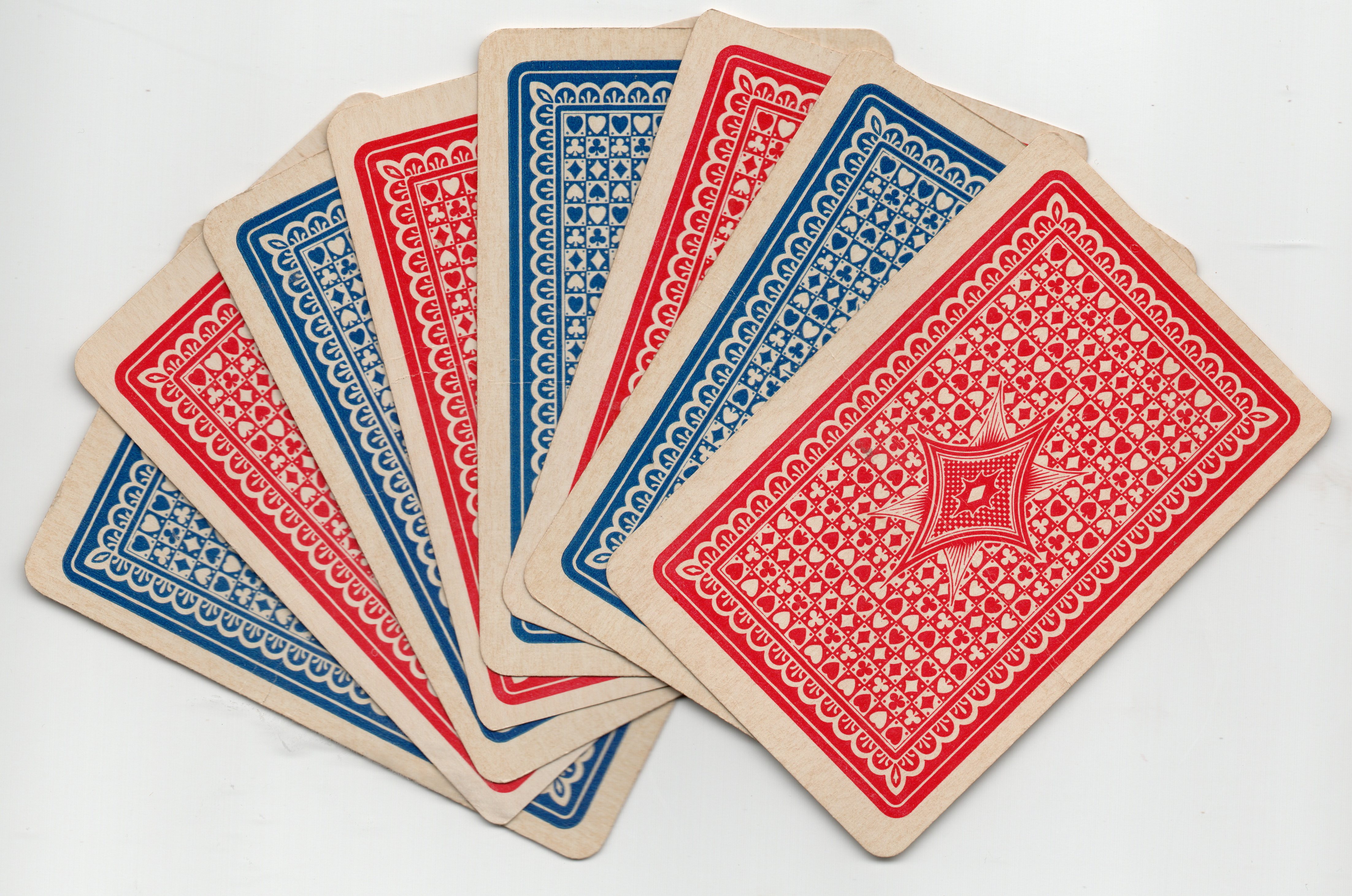
Colour Changing Pack made with ‘Trump Playing Cards’ manufactured by ‘Hudson Industries’ prior to 1983
Above: Colour Changing Pack made with ‘Trump Playing Cards’ manufactured by ‘Hudson Industries’ prior to 1983
In this deck, at least in mine, the red backed cards are cut short and the blue backed cards are of normal length and are interlaced between the red backed short cards. If the deck is riffled one way the backs all show as red, whereas riffled in the other direction, they changed to blue backed cards. In some cases, the red face cards are the short cards, and the black faced cards are the normal length. In some cases, corner shorts are used.
Svengali Deck[6]
The most famous trick deck using the long-short principle is the ‘Svengali Deck’ with 26 long and 26 short cards, the short cards being the top card of each set of 2, and all the short cards being the same e.g., 9 of Spades.
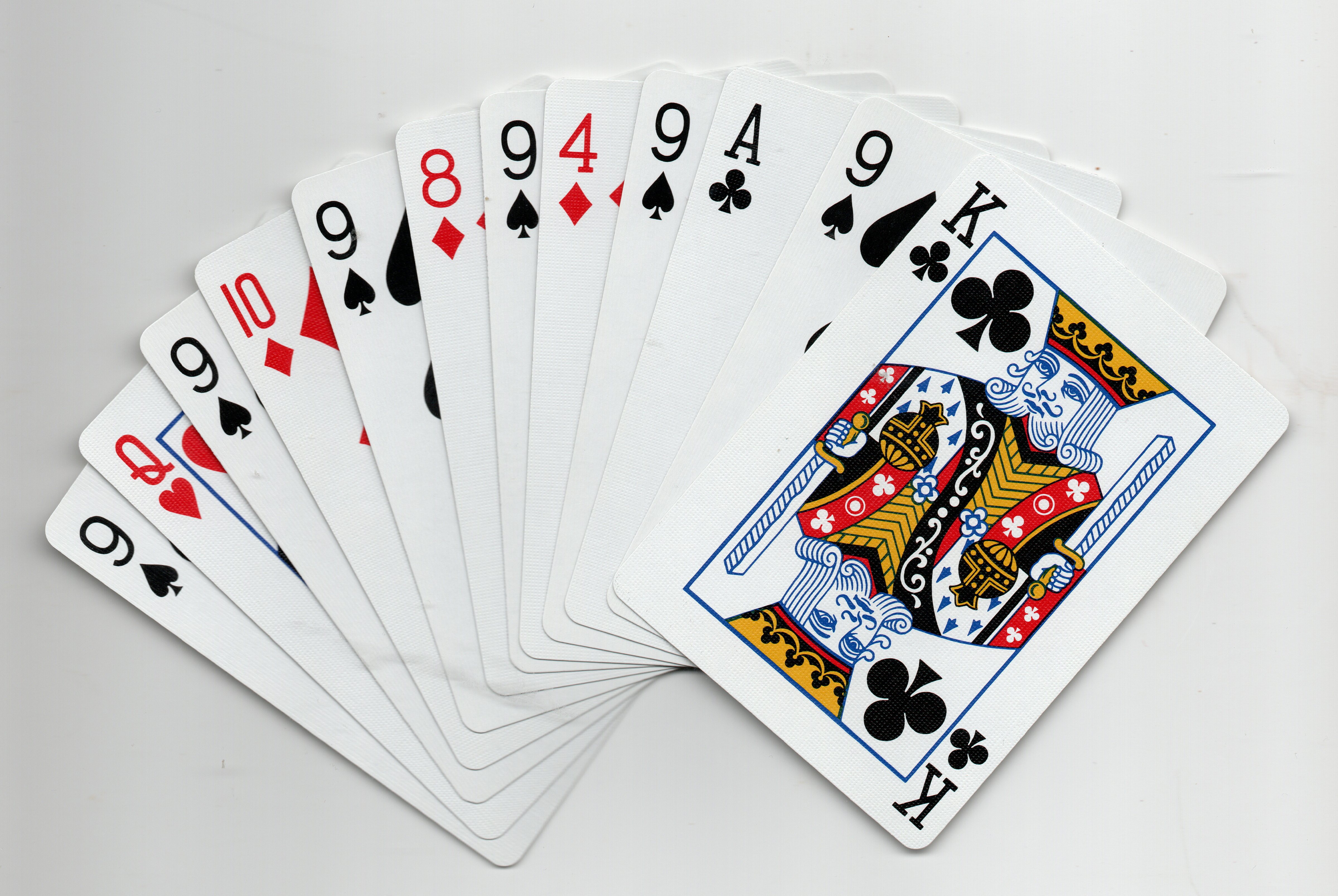
Svengali Deck – cut and assembled by: Trix Unlimited (Roy Hopwood)
Above: Svengali Deck – cut and assembled by: Trix Unlimited (Roy Hopwood)

Greatly exaggerated to show the long-short principle
Above: Greatly exaggerated to show the long-short principle
This deck is widely credited to be the invention of Burling Hull[7], in 1909. He called it 'Improved Cards Mysterious’, Boston magic dealer W. D LeRoy[8], who seeing its possibilities, marketed it in 1909 under the title of 'Svengali Deck.’
Variations of the ‘Svengali Deck’ include Two-Way Svengali Deck and the Three-Way Svengali Deck are used to force more than one card by using different "banks" of duplicate cards.
Mirage Deck
A variation of the Svengali Deck created by Ralph W Hull[10] in 1934 is the Mirage Deck[11] which is a rough and smooth[12] Svengali Deck. You can do all the effects possible with a normal Svengali. However, you can fan out the cards to show them all different too. It was also marketed as the Charlen Trick Deck.
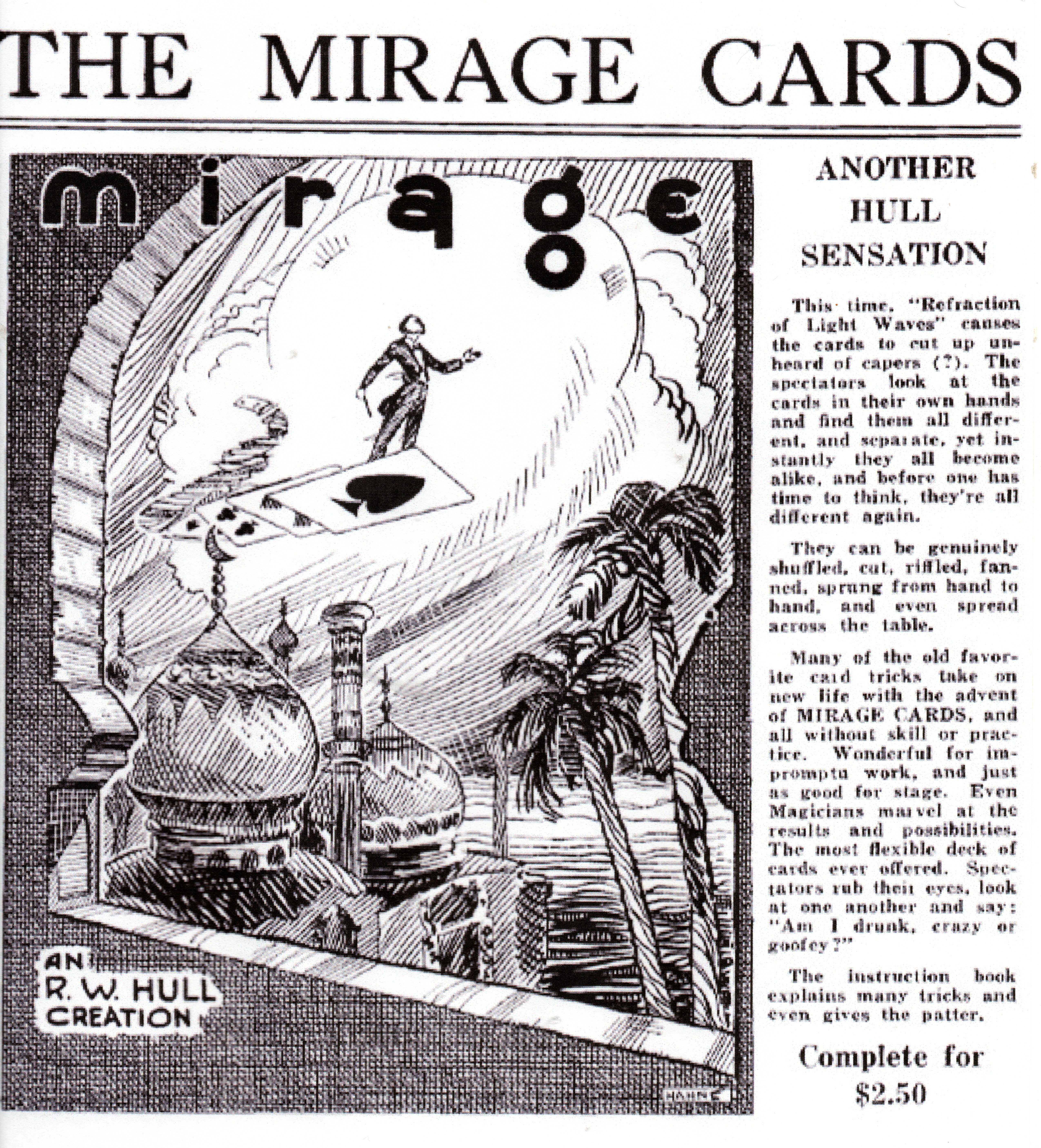
Advert for Ralph W Hull’s Mirage Deck in The Linking Ring
Above: Advert for Ralph W Hull’s Mirage Deck in The Linking Ring[13]
Mene-Tekel Deck[14] (or Menetekel Deck or The Self-Shifting Pack) is a deck where a card is selected and placed back in the center of the deck. Instantly it jumps to the top of the deck.
Two variations of the Mene-Tekel Deck are:
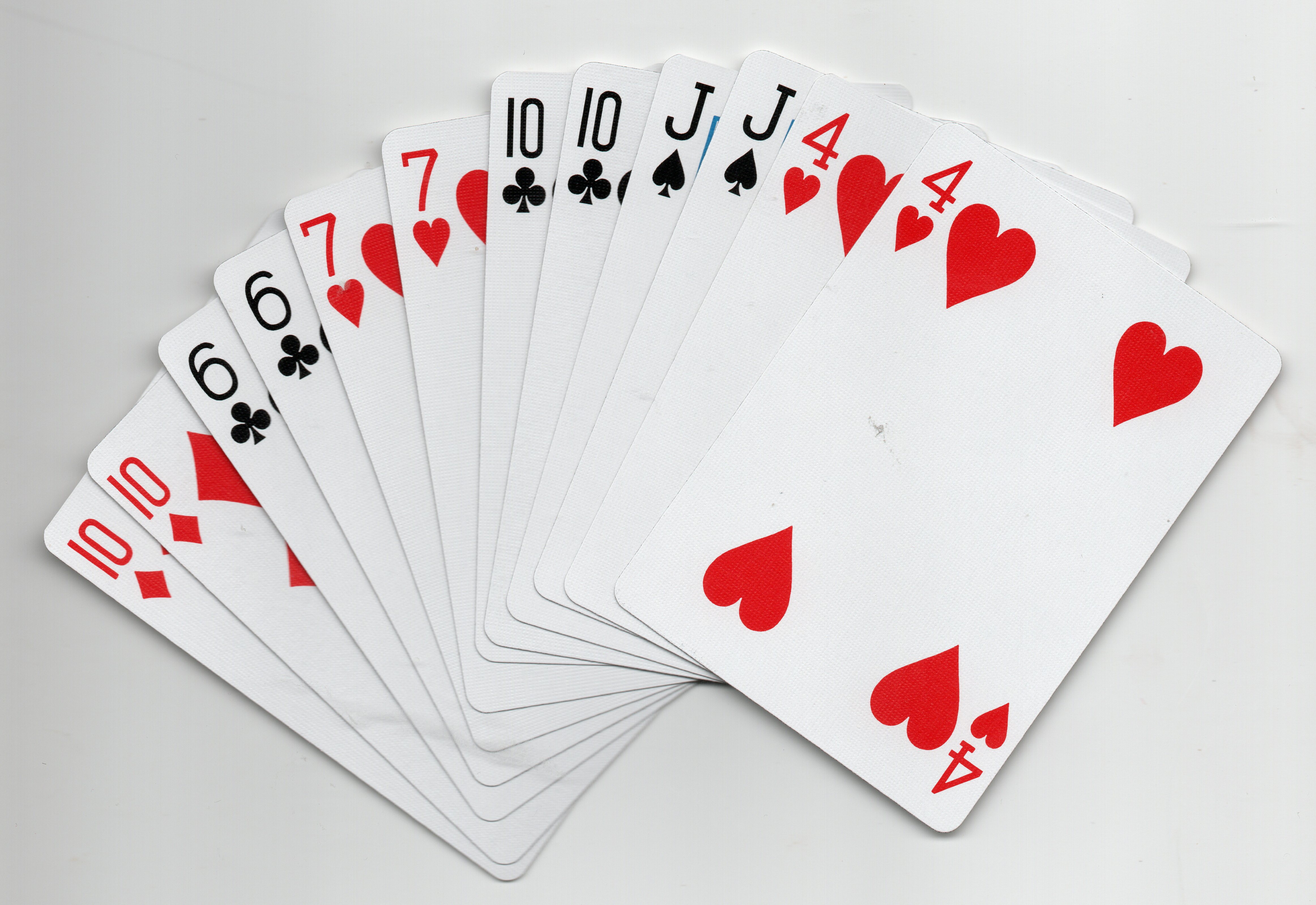
NPR (No Pass Required) Cut and assembled by: Trix Unlimited (Roy Hopwood)
Above: NPR (No Pass Required) Cut and assembled by: Trix Unlimited (Roy Hopwood)
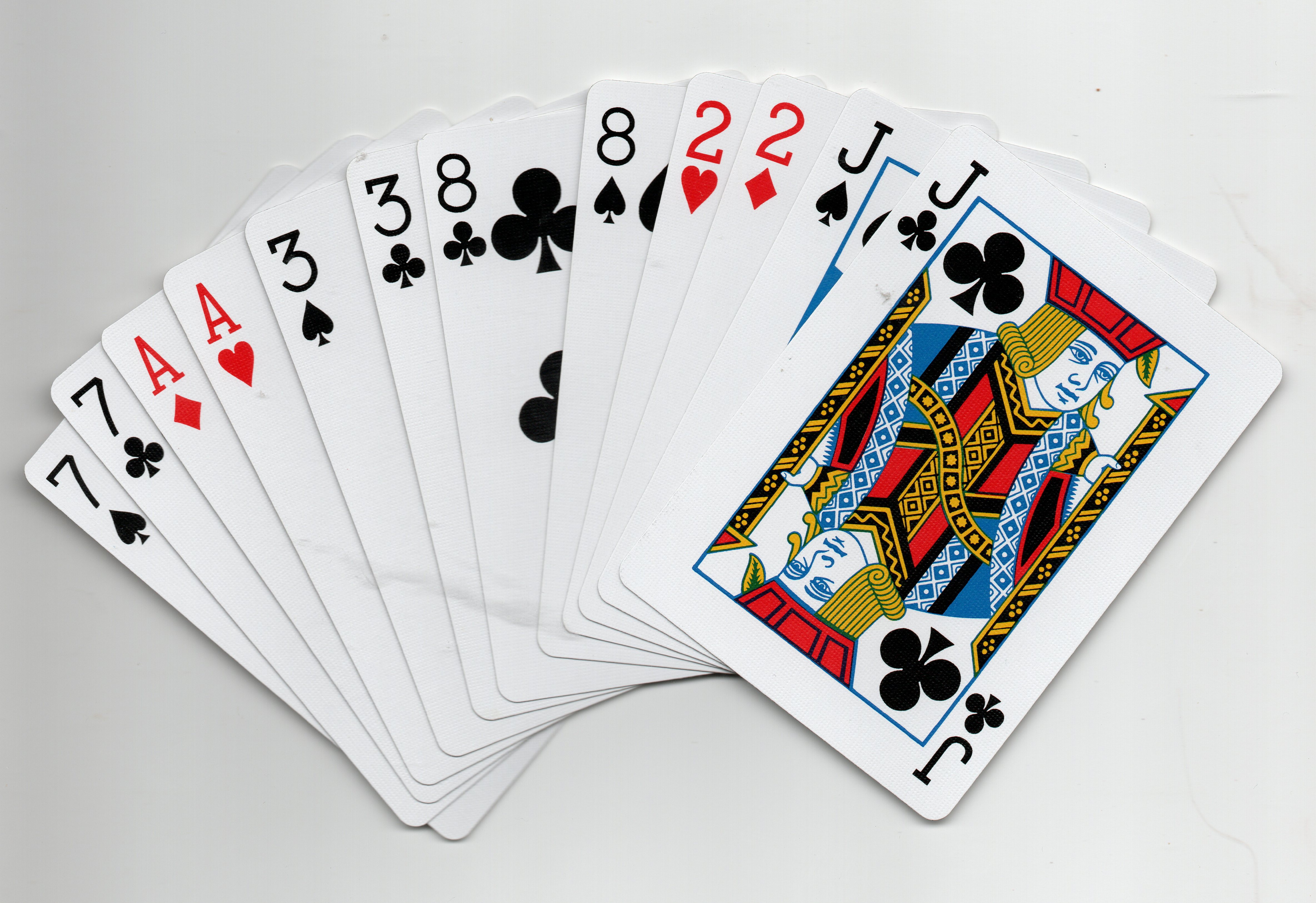
Your Card’s Mate Cut and assembled by: Trix Unlimited (Roy Hopwood)
Above: Your Card’s Mate Cut and assembled by: Trix Unlimited (Roy Hopwood)
1) ‘NPR’ (No Pass Required): From the top of the deck down is an A card is selected, and inserted in the middle of the deck, the card appears back on top of the deck, without any moves. The secret in this case each set of long card-short cards are identical cards. As a result of the long-short arrangement, the selected card is on top of the deck, after inserting this card into the middle of the deck it leaves the duplicate card on top.
2) ‘Your Cards Mate’ is one of my favourite decks, you have a card selected, the spectator takes his selected card and places it in his pocket, you place the rest of the deck into your own pocket. By the time the spectator reaches into their pocket and removes the selected card you have reached into your pocket, found, and removed the mate (the mate of the 7S is the 7C, 2H would be the 2D etc.) of the spectator’s card, before they have removed their card. Once again because of the long-short arrangement, the selected card is on top of the deck, after inserting this card into the pocket it leaves the mate of the card on top.
A huge advantage of ‘Your Card’s Mate’ is that (providing you have a list of which cards are the short ones) is that if anyone wants to, even though if your audience management is good, they won’t ask to examine the deck, however, a couple of shuffles will destroy the set up and you can then oblige, or even use the deck for other tricks.
Stripper Deck[15]
A stripper deck (also known as a tapered deck, wizard deck, or biseauté deck) allows the magician to control the main location of a card or group of cards easily within the deck. Even after being shuffled into the deck by a spectator, the magician can cut to a selected card. Similarly, even after being lost in different parts of the deck, the magician can move multiple cards to specific locations using basic shuffles.
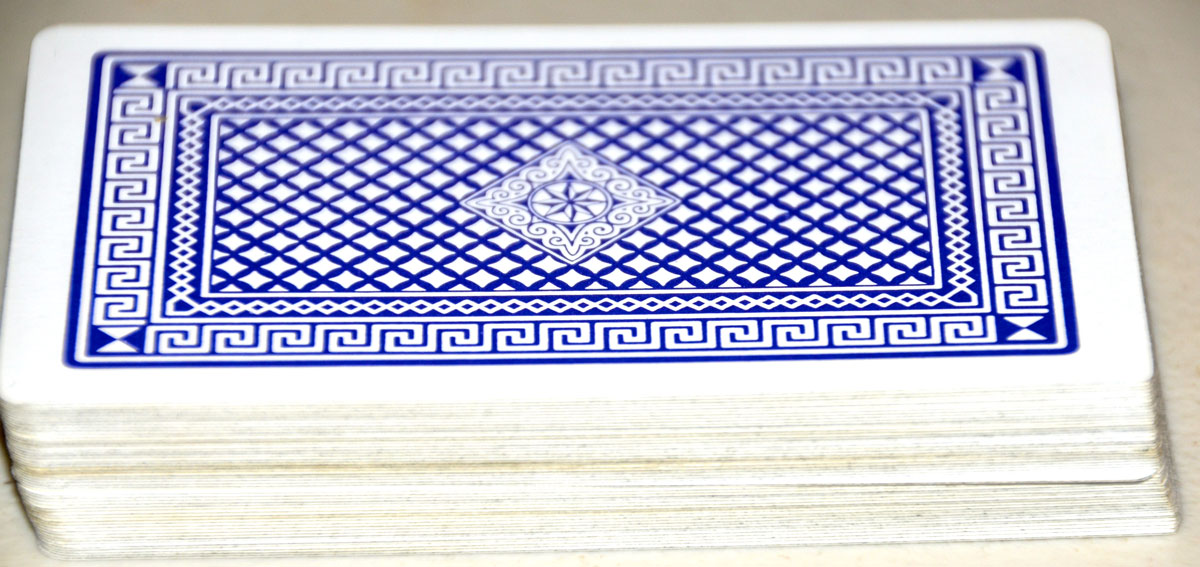
Side Stripper Deck Cut by: Trix Unlimited (Roy Hopwood)
Above: Side Stripper Deck Cut by[16]: Trix Unlimited (Roy Hopwood)
The cards of a stripper deck are slightly tapered, so that the sides no longer form a perfect rectangle. The change is slight enough to be undetected by visual inspection or even casual handling, but if a single card is rotated 180° so that it's tapered in the opposite direction from the rest of the deck, the card's broad end can easily be detected, by feel or even by sight, among the narrow ends of the rest of the deck.
Unlike the Invisible or Svengali Deck, the Stripper Deck can be handled by an audience member unfamiliar with the concept and can withstand a modest amount of scrutiny without exposing the secret; however, this deck is found in several beginners' magic kits, so the secret is well-known, even among non-magicians. What is not as well known though is the number of types of Stripper Decks there are, these include:
- Classic or Side Strippers - The long side of the cards are stripped.
- Hindu or End Strippers - The short ends of the cards are stripped.
- Belly Strippers - The stripping is either convex or conclave and can be side or end.
- Negative Strippers - Only certain cards are stripped (think Aces, Kings, Queens, and Jacks) in a way that allows you to find each of those types of cards separately (that is producing the Jacks first, Queens second, Kings third and Aces last).
- Bathroom Strippers - An impromptu stripper deck made using broken glass while in the bathroom. However, it is probably easier to use a corner short card and a nail clipper.
X-Ray Deck

Construction of the X Ray Deck by Haines House of Cards
Above: Construction of the X Ray Deck by Haines House of Cards
The X-Ray Deck is a neat trick deck by Haines House of Cards[17] [18] in which a playing card is freely chosen (sort of) then inserted back into the deck without it being shown to the performer. Following a ‘chat’ with the joker, the performer reveals the name of the selected card, without any manipulation of the deck.
The secret lies in the fact that 23 of the 52 cards have a ‘cut out’ and these cards are at the bottom of the deck, beneath the normal cards, and a Joker is on the face of the deck. Now if a card is selected from the ‘top’ portion of the deck and then returned to the lower half of the deck, in the middle of the cut-out section, the removal of the joker reveals the cut outs, and any selected card can be sighted when you lift the Joker to ‘chat’. After the card has been sighted the left thumb can easily be placed over the cut outs while you are ‘chatting’ with the Joker. The Joker is then replaced on the face of the deck prior to the selected card being revealed.
Although not necessary, if the deck is turned 180 degrees the cards can be spread face up to show the faces of the cards without revealing the cut outs.
End Notes
- Trix Unlimited as a small business I operated in Adelaide, South Australia manufacturing small quantities of high-quality generic magic tricks and trick decks for discerning clients, including the public and several small local magic shops. During a visit home to the UK in 1999 I sold 18 Svengali decks without instructions to Andrew Normansell from Wild Jacks in Manchester. He said that “they are the best I have ever seen”. I also sold a few items to PJ’s Magic in Birkenhead.
- At Trix Unlimited we used a roller cutter to cut every card individually by hand rather to go to a printer and have them use a guillotine, we had to be very precise and use a guide template. Even so cutting strippers were extremely difficult due to the very real possibility of leaving a jagged tear rather than a clean precise cut, as a result we didn’t cut very many Stripper Decks.
- Recent information suggests that Betty Winzig has retired. The running of the business was turned over to Joe Farag, but due to personal circumstances including his father's illness and his own diagnosis with cancer, he was unable to continue running the business. Joe Farag died a few months ago (as posted in the Magic Café February 3, 2023). Betty's granddaughter expressed interest in buying the business but lacked the funds and knowledge to run it. As a result, the Haines House of Cards is believed to have closed its doors forever.
Bibliography
- Fulves, K. (1999). Ellis Stanyon's Best Card Tricks. New York: Dover.
- Garcia, F. (n.d.). How to Detect Crooked Gambling. Arco.
- Govan, B. (1981). One Pitch is Worth a Thousand Words. Pomeroy, Ohio: Lee Jacobs Productions.
- Hayes, L. L. (2000). 101 Amazing Magic Tricks with a Svengali Deck. Chicago: Fun Incorporated.
- Hugard, J. (1965). Encyclopaedia of Card Tricks. London: Faber and Faber Ltd.
- Knuckles, M. B. (1994). Beat'Em, cheat'Em,Leave'Em Bleeding. Brookville, Ontario: Every Trick in the Book Inc.
- Magic-Ian. (1998). 110 Tricks with a Stripper Deck. Brooklyn: D Robbins.
- Magic-ian. (1998). 110 Tricks with a Svengali Deck. Brooklyn, NY: D Robbins & Co., Inc.
- Miller, H. (n.d.). Secrets of Gambling. London: Harry Stanley.
- Scarne, J. (1965). Scarne on Cards. London: Constable & Company Ltd.
- Scot, R. (1584). The Discoverie of Witchcraft.
- Scot, R. (1886). The Discoverie of Witchcraft (BEING A REPRINT OF THE FIRST EDITION PUBLISHED IN 1584 ed.). (Brinsley, Ed.) London: Elliot Stock.
- Stevenson, A. (1962). 75 tricks with a Stripper Deck. New York: Wizard Books.
Referneces
- Fox Lake Playing Cards — The World of Playing Cards (wopc.co.uk)
- https://www.wikiwand.com/en/The_Discoverie_of_Witchcraft
- Clever and Pleasant Inventions
- https://www.wikiwand.com/en/Ellis_Stanyon
- https://www.wikiwand.com/en/Karl_Fulves
- Svengali Deck - Magicpedia (geniimagazine.com)
- Burling Hull - Wikiwand
- https://geniimagazine.com/wiki/index.php?title=W.D._LeRoy
- https://www.wikiwand.com/en/Ralph_W._Hull
- https://geniimagazine.com/wiki/index.php?title=Mirage_Deck
- https://geniimagazine.com/wiki/index.php?title=Rough_and_Smooth
- https://www.magician.org/the-linking-ring/what-is-the-linking-ring
- https://geniimagazine.com/wiki/index.php?title=Menetekel_Deck
- https://www.geniimagazine.com/wiki/index.php/Stripper_Deck
- https://geniimagazine.com/wiki/index.php?title=Haines_House_of_Cards
By Roy Hopwood
Canada • Member since October 15, 2023 • Contact
I am a 77-year-old retired professional magical entertainer and former occupational health and safety consultant. I was a passive playing card collector for more than 50 years until I moved from Australia to Canada in 2019. Since then I have been moderately active in increasing my eclectic collection to around 735 different decks (packs)

Leave a Reply
Your Name
Just nowRelated Articles
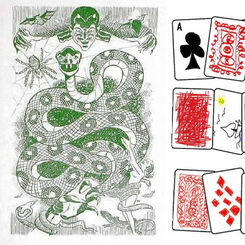
Mechanical Decks – Part 2
This article examines the Rough and Smooth principle in mechanical decks used in magic, detailing se...
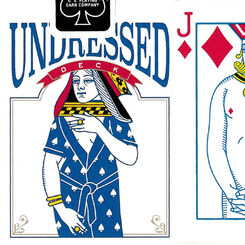
Undressed deck
Undressed deck created by Edi Rudo and Néro Catineau, USA, 2020.

Fox Lake Playing Cards
A Magician’s Perspective.
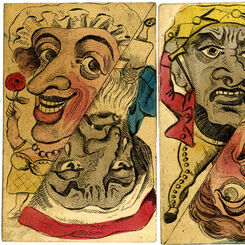
Jonathan Hocus Pocus
Two sets of conjuring cards published by G. Martin, 6 Great St Thomas Apostle, London, early 19th ce...
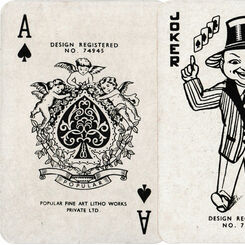
Popular Fine Art Litho Works
A standard English pack and one adapted for magic tricks by Popular Fine Art Litho Works Ltd., Bomba...
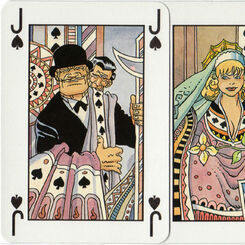
Martin Mystère
Martin Mystère based on the comic book by Alfredo Castelli. The cards were designed by Giancarlo Ale...

Conjuring Decks
Conjuring Decks by Universal Playing Card Co (Alf Cooke) and others...
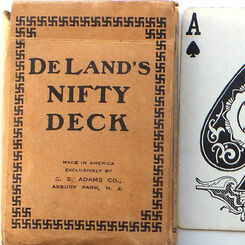
De Land’s Nifty playing cards
De Land’s Nifty playing cards published by S. S. Adams Co, c.1930.
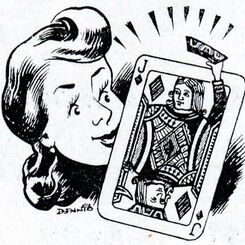
Catalogue of Magic Card Tricks
Gamagic Catalogue of Magic Card Tricks, c.1940. Everyone is familiar with playing cards, which makes...

Magic Poker Cards
“Magic Poker Cards” are often found inside Christmas crackers along with party hats, puzzles and jok...
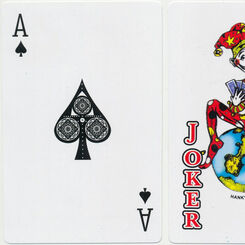
Secret Magic Cards
‘Secret Magic Cards’ published by Hanky Panky Toys Thailand Ltd., © World Magic International, 2006....
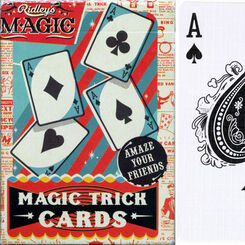
Ridley’s Magic Trick Cards
Ridley’s Magic Trick Cards, 2011.
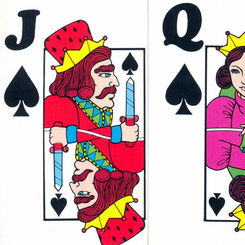
Mad Jack Miracle Pack
Mad Jack Miracle Pack by Chu’s Magic (Tobar) 1999.
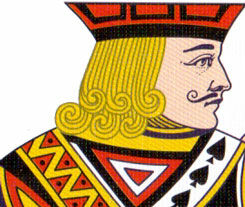
Serpentine
‘Serpentine’ Playing Cards published by Legends P.C.Co., 2014.
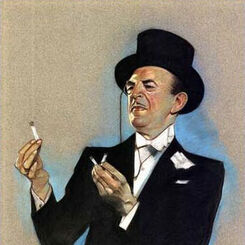
The Cardini Playing Cards
Richard Valentine Pitchford, better known as Cardini, is one of that select band of performers who b...
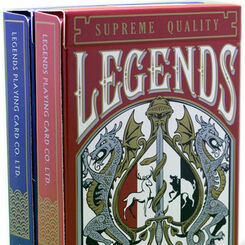
Legends Playing Cards
Legends Playing Card Company (founded 2013) aspires to print the highest quality playing cards and p...
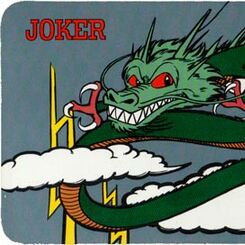
Dragon Fanning Deck
This set of cards published by DP Group Ltd (Japan) allows the performer to create different fans
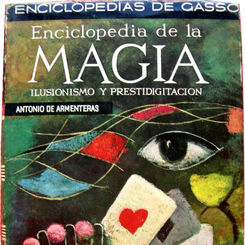
Conjuring and Magic
The art of mystifying people is very old indeed. The first conjurers were priests who obtained power...
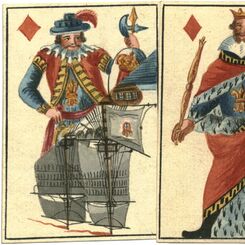
Portuguese Conjuring Playing Cards
Portuguese Conjuring Playing Cards, c.1850.
Most Popular
Our top articles from the past 60 days


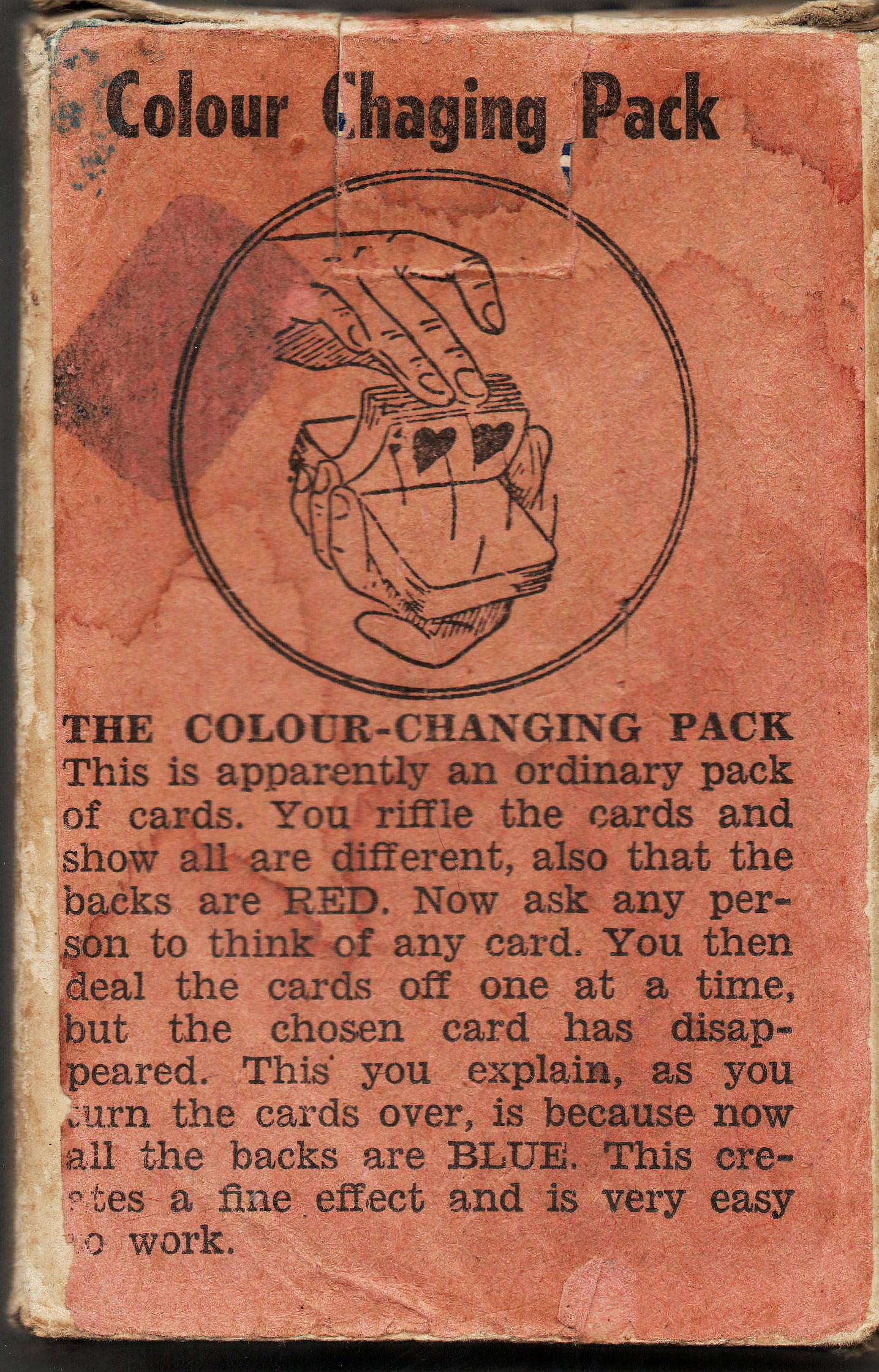
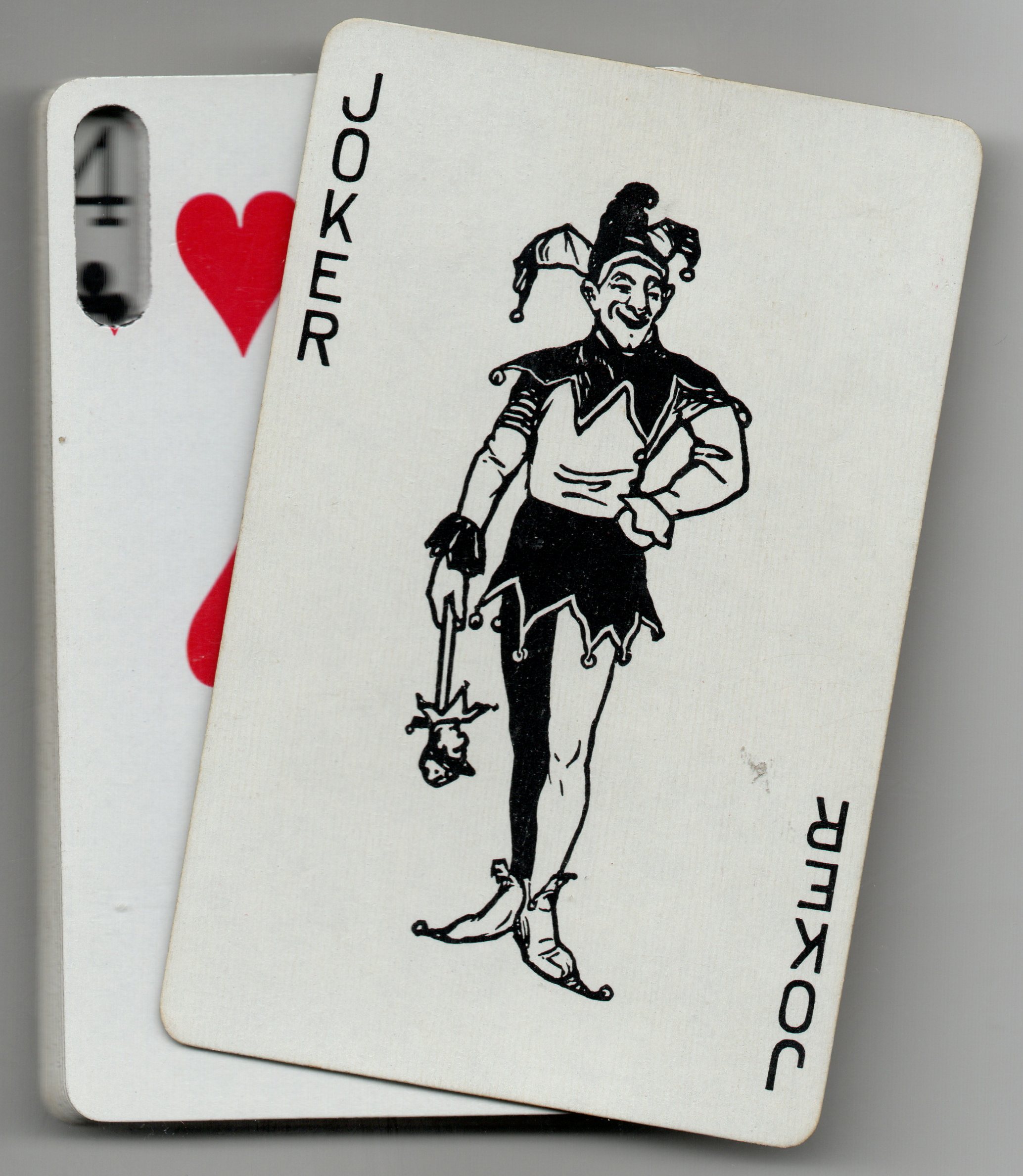
 Your comment here. Your comment here. Your comment here. Your comment here. Your comment here. Your comment here. Your comment here. Your comment here. Your comment here. Your comment here. Your comment here. Your comment here. Your comment here. Your comment here. Your comment here. Your comment here. Your comment here. Your comment here. Your comment here. Your comment here. Your comment here. Your comment here. Your comment here. Your comment here. Your comment here. Your comment here. Your comment here. Your comment here. Your comment here. Your comment here. Your comment here. Your comment here.
Your comment here. Your comment here. Your comment here. Your comment here. Your comment here. Your comment here. Your comment here. Your comment here. Your comment here. Your comment here. Your comment here. Your comment here. Your comment here. Your comment here. Your comment here. Your comment here. Your comment here. Your comment here. Your comment here. Your comment here. Your comment here. Your comment here. Your comment here. Your comment here. Your comment here. Your comment here. Your comment here. Your comment here. Your comment here. Your comment here. Your comment here. Your comment here.




















